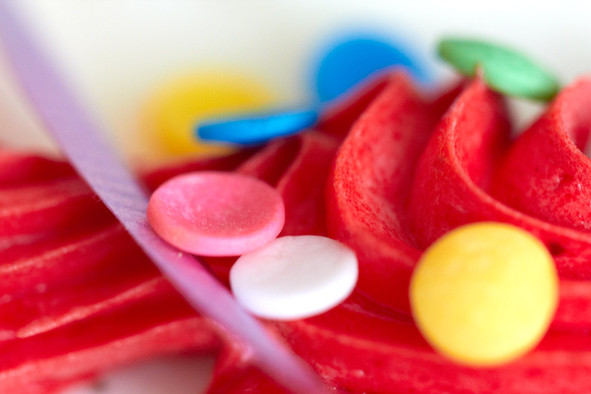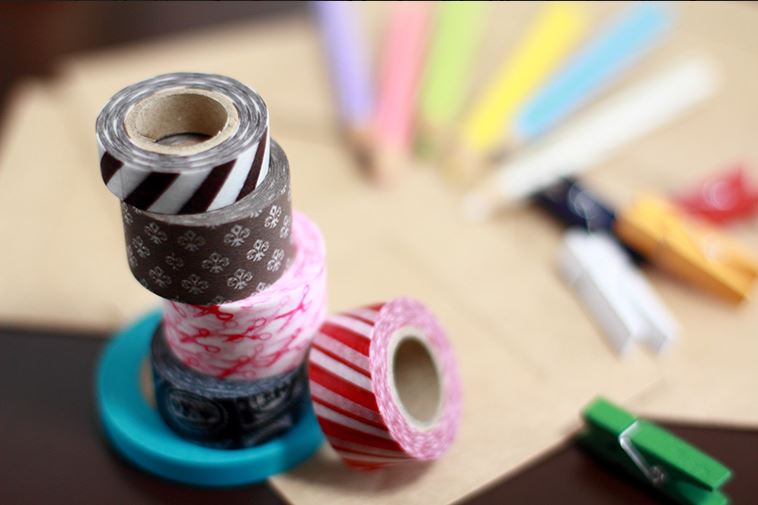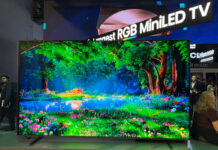 Today we’re going to look at two separate, but connected, areas of photography: macro photography, which is concerned with making images of very small objects, and close-up photography where, as the name suggests, we get very close to our subject. Macro photography is about making something small look big; close-up photography is about isolating our subject and filling our frame with it.
Today we’re going to look at two separate, but connected, areas of photography: macro photography, which is concerned with making images of very small objects, and close-up photography where, as the name suggests, we get very close to our subject. Macro photography is about making something small look big; close-up photography is about isolating our subject and filling our frame with it.
Subjects for macro photography
Many macro photographers are inspired by nature. Insects and small plants, for example, are favourite subjects. Wedding photographers also use macro photography to get beautiful images of wedding rings. But interesting subjects for macro photography are actually all around us. You’d be surprised how seemingly banal, everyday objects become much more interesting when examined up close.
Depth-of-field
It probably won’t surprise you to learn that when we photograph small objects we need to get very close to our subjects. And this close proximity brings with it some technical challenges that need to be carefully considered. One really important concept we need to wrap our heads around is ‘depth-of-field’.
Maximum sharpness
Photographers are obsessed with sharpness; it is of paramount importance to us that the subject of our images is sharp and in focus. The ‘depth-of-field’ is the range of distances from the camera within which objects are in focus. In actual fact there is only one precise distance, (known as the ‘focal plane’), where the sharpness is at it’s maximum, but everything within the depth-of-field area is acceptably sharp, meaning that the human eye cannot discern any change of sharpness within this area. When you focus on something, the usual rule of thumb is that one-third of the depth-of-field is in front of the focus point and two-thirds is behind.
Aperture
So how can we influence the width of this depth-of-field? The simple answer is ‘aperture’. The smaller the aperture, the wider the depth of field. Conversely, the wider the aperture, the narrower the depth of field. Landscape photographers, for example, love narrow apertures which maximise the depth-of-field and allow them to make images where objects in the foreground are in focus, as well as objects in the far distance.
 Subject distance
Subject distance
There is however another factor that influences depth-of-field: the distance of the subject from the camera. Basically, as you focus on objects closer and closer to the camera, the depth of field gets narrower and narrower. This is obviously an important consideration for the macro photographer because they are regularly shooting objects at close range, and so, like the landscape photographer, they try to shoot at the smallest aperture possible in order to maximise the depth of field.
Focal length
In case this wasn’t all confusing enough, there is one more factor that has a major influence on depth-of-field, and that is focal length. The longer the focal length, the narrower the depth of field.
The Canon EF-S 60mm f/2.8 Macro USM
It might help to tie this all together if we look at a real-life example. The Canon EF-S 60mm f/2.8 Macro USM lens is an excellent lens specifically designed for macro work. If you search online for a ‘depth-of-field calculator’ you’ll quickly find resources that will allow you to plug in your camera model, focal length and distance-to-subject and give you the exact depth of field. So if we take the 60mm lens and mount it on a Canon Rebel T5i, and place our object at the lens’ minimum focus distance of 20cm, and use the maximum aperture of f/2.8, we will get a depth-of-field of just 8/10ths of a millimeter. However if you reduce the aperture to f/16 the depth-of-field increases to almost 5 millimeters, which is still pretty small but a big difference in macro terms. If you move all the way to the lens’ minimum aperture of f/32 the depth-of-field doubles to almost a full centimeter.
Use a tripod
The downside of working with narrow apertures is that they restrict the amount of light hitting the sensor, which means that we need to reduce the shutter speed on order to make a decent exposure. Of course we could also increase the ISO, but this is our least preferred option as it can lead to loss of image quality due to digital noise. Reducing shutter speed can lead to problems with camera shake though, so it’s definitely a good idea to use a tripod when shooting macro.
Close-ups
Now let’s look at close-up photography, which is a great way to photograph people. Wedding and portrait photographers shoot close-ups all time because it really emphasises the eyes. As with macro photography, depth-of-field is also a big concern when shooting close-ups, but in this instance, photographers will often shoot at the widest possible aperture because it yields a very narrow depth-of-field which creates lovely, soft, out-of-focus areas. I often joke that if you want to up the art factor, just increase your aperture!
Canon EF 50mm f/1.4 USM
One of my all-time favourite lenses is the Canon EF 50mm f/1.4 USM lens. It allows you to shoot at that really wide f/1.4 aperture and create wonderfully blurred backgrounds. The 50mm f/1.4 really is a go-to lens for close-ups. Like the 60mm I mentioned earlier, it’s a prime (non-zoom) lens, and the beauty of prime lenses is that they offer fantastic image quality and sharpness because they contain fewer optical elements. Every optical element in a lens adds a little bit of distortion, so the less the better.
Portrait lenses
If you do some research into portrait lenses, you’ll probably see lots of references to lenses with longer focal lengths, around 85mm or longer. This is because shorter focal lengths tend to distort things in a way that is unflattering to human subjects. But if you put the 50mm lens on a Canon Rebel camera it actually behaves like a 80mm lens due to something called ‘crop factor’. The crop factor only applies to cameras with a sensor that is smaller than the so-called ‘full-frame’ sensor size (which is the equivalent of the old 35mm film negative). For Canon’s APS-C sensors the crop factor is 1.6, so in this instance the 50mm is actually an ideal portrait lens.
Any questions?
Photography is a unique pursuit in that it incorporates very technical and very creative aspects. A lot of people are intimidated by the technical side of things, which is a pity because I believe that when it’s explained properly, anybody can understand it. If you have any questions about anything I’ve discussed today, feel free to leave a comment below and I’ll be happy to respond.




One of my fav Canon accessory is the 250d and 500d close up filters where it can keep your sensor clean as you don’t need to swap lenses. Works great on my Nikon lenses.
I love playing around with perspective especially in the case of close ups. Great tips.
What is your favourite tripod to use and what is your favourite filter during moonlit scenes?
Personally I have more than one tripod….
Comments are closed.